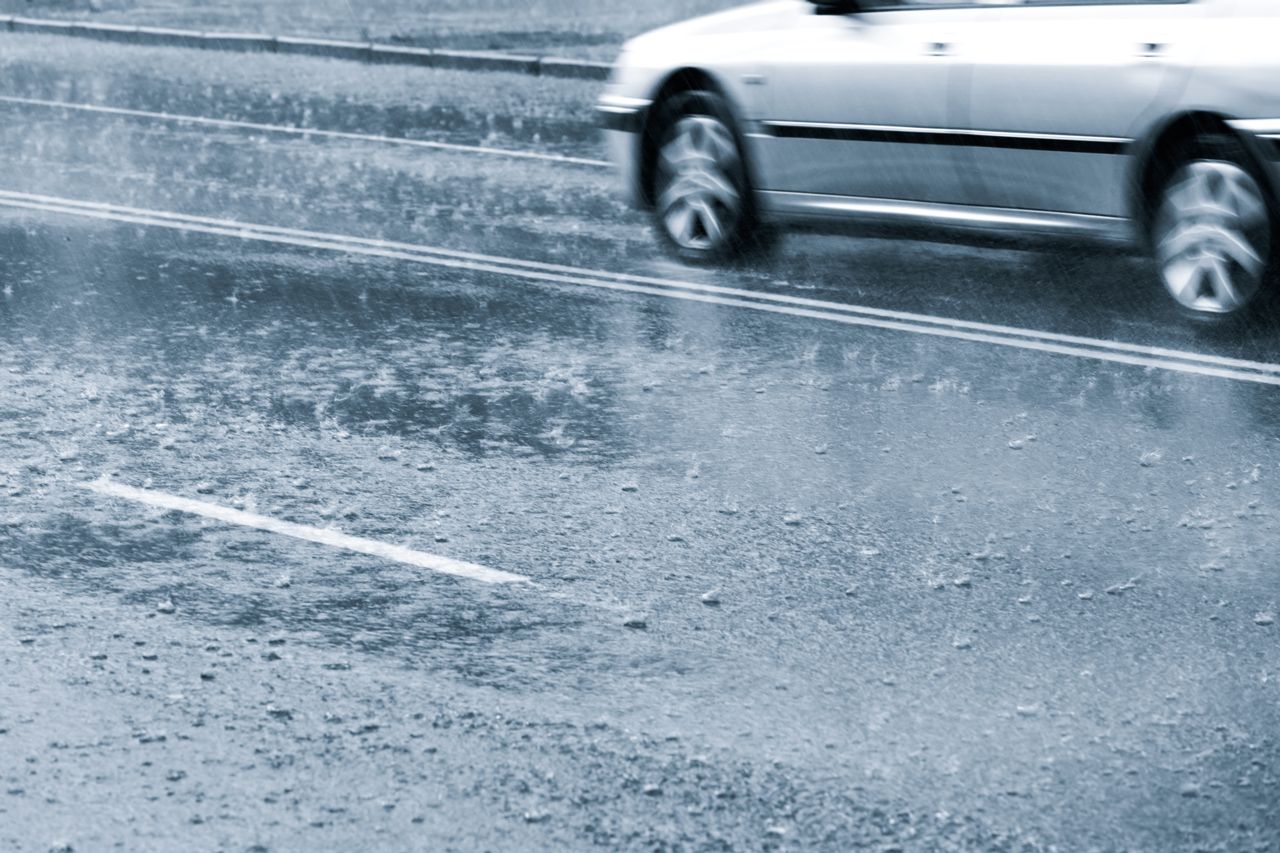
Rain accident statistics
According to the U.S. Department of Transportation Federal Highway Administration, 1,312,000 out of an average of more than 5,870,000 vehicle crashes that occur each year are weather-related. Breaking down this record, an average of 6,250 fatalities and more than 480,000 injuries are listed as weather-related crashes each year. About 74% of these crashes happen on wet roads while 46% occur during rainfall. While rain is a significant factor in these crashes, we can’t forget how important our driving behavior is while driving. Crashes can be prevented, and we can remain safe while driving on wet roads just by practicing safe driving habits.
Safe driving practices for driving in the rain
Wet roads make it harder for your tires to get traction. Also, visibility is reduced during a downpour. It’s also harder to see when you add the glare from other car’s headlights to the mix. Apart from driving slow, there are other practices that can help you stay safe. They include:
- Conduct a maintenance check. Your car will be working harder on rainy days. Make sure your car is prepared for the tough drive. Check all your main controls – from your brakes and steering to your accelerator. Also, don’t forget to replace brittle or worn out windshield wipers.
- Avoid using cruise control. Cruise control works best on dry roads. When you’re driving in wet conditions, cruise control is not recommended. You need to be able to react fast to any situation, and the cruise control prevents you from doing so.
- Leave early. Hurrying is not an option on wet roads or in rainy weather. Your trip may take you longer in rain and bad weather than it does on sunny days. Note that many motorists slow down in bad weather. This could be because of poor visibility and cautious driving. Along with slower moving traffic, expect traffic to build-up. You may want to look into alternative routes before leaving your house. Your go-to route may be congested. You need to have a plan B so you can reach your destination safely and on time.
- Maintain a safe driving distance. Always leave space between your car and the one in front of you. In bad weather, you may want to leave about a four to six second gap if possible. This will give you time to react if something unexpected occurs.
As a Louisville Car Accident Lawyer, I would like to remind everyone to please also watch out for pedestrians. Remember that you are not only sharing the road with other motorists, but people as well. We all know that pedestrians are harder to see in general because of their smaller size. We have to be extra alert of our surroundings in rainy or bad weather.


